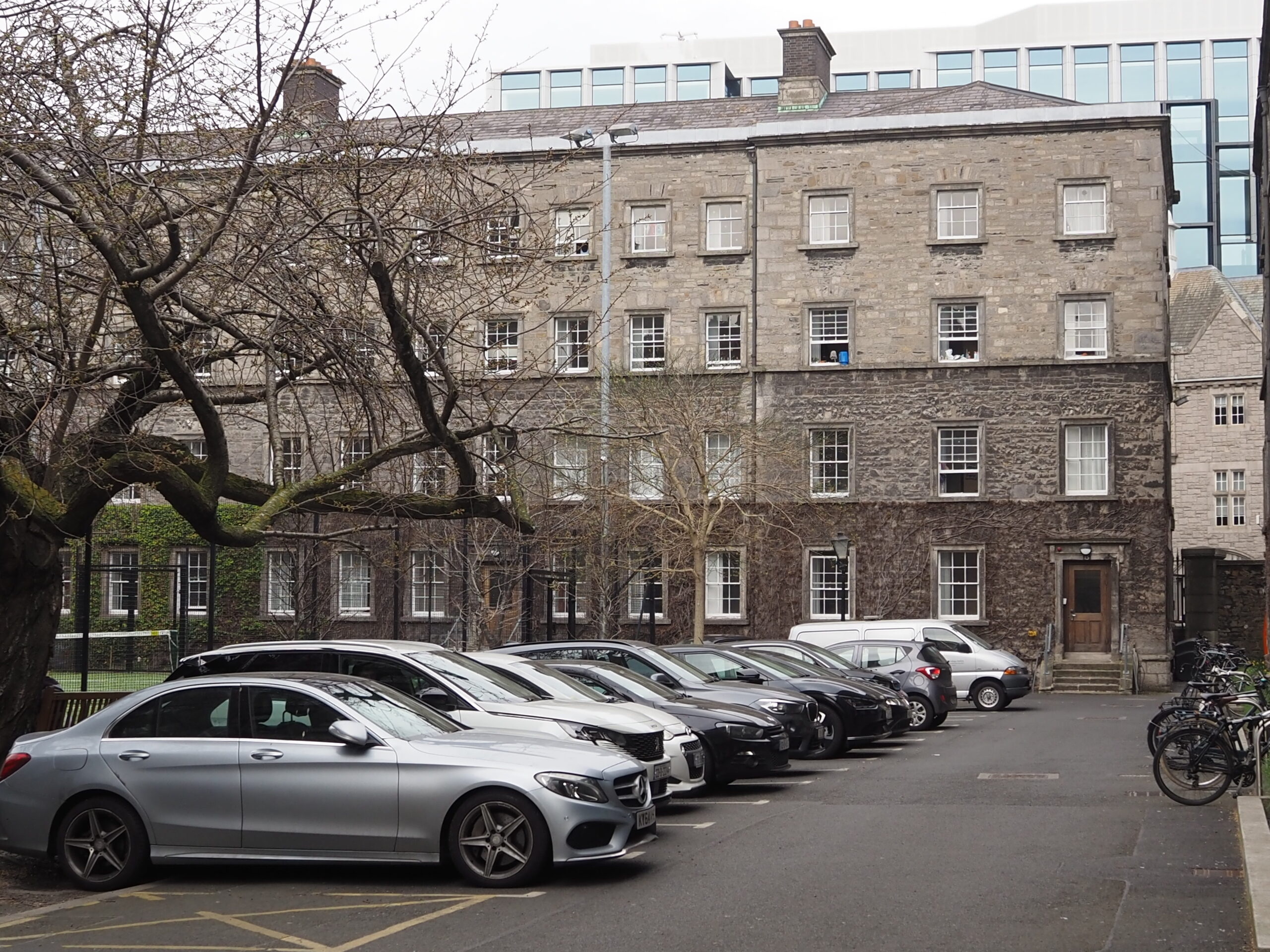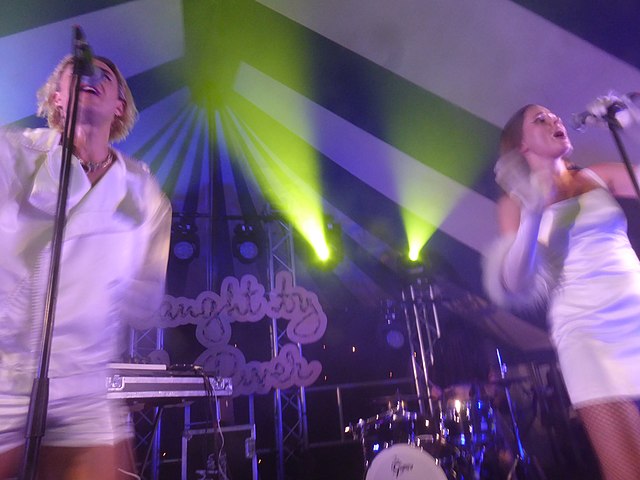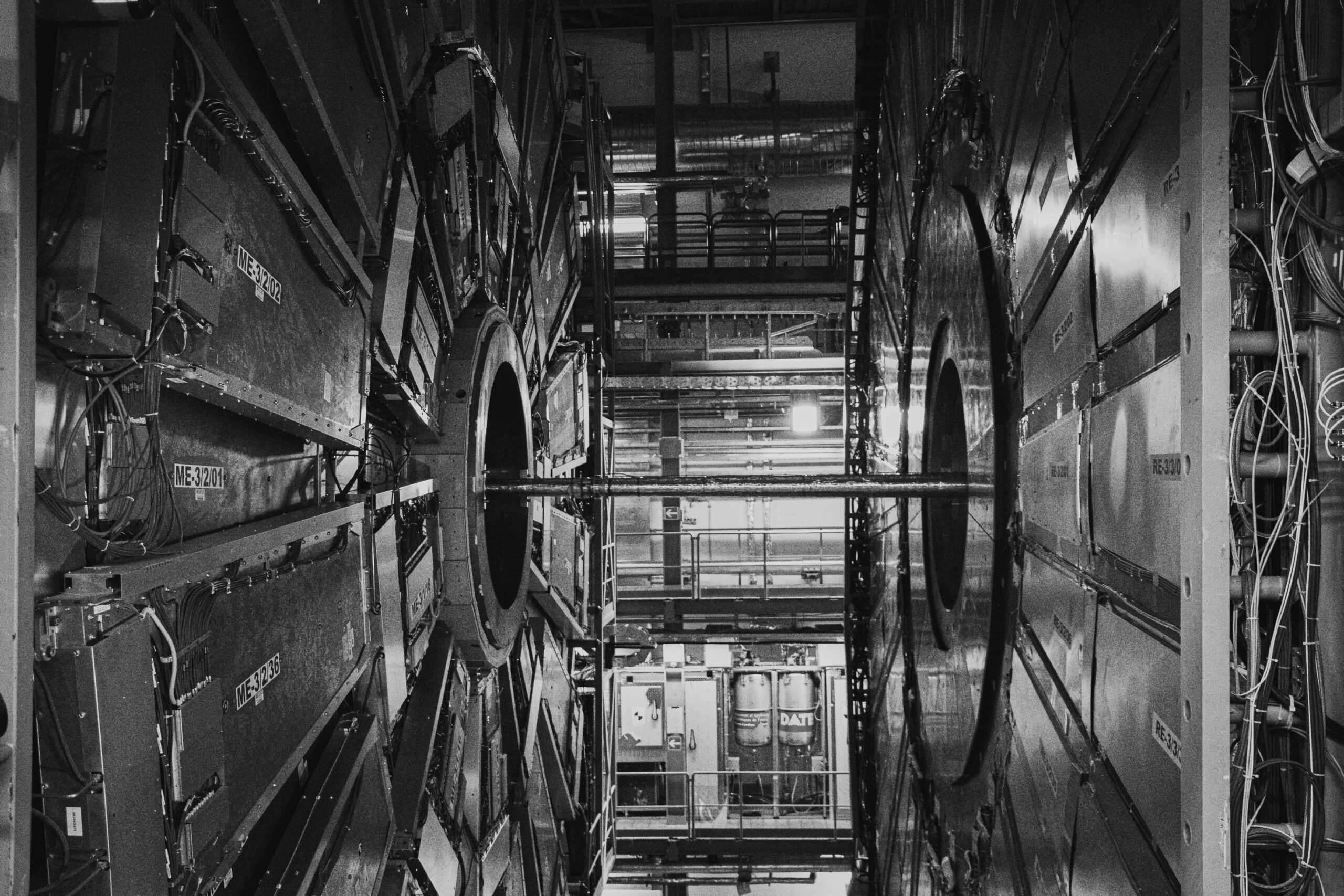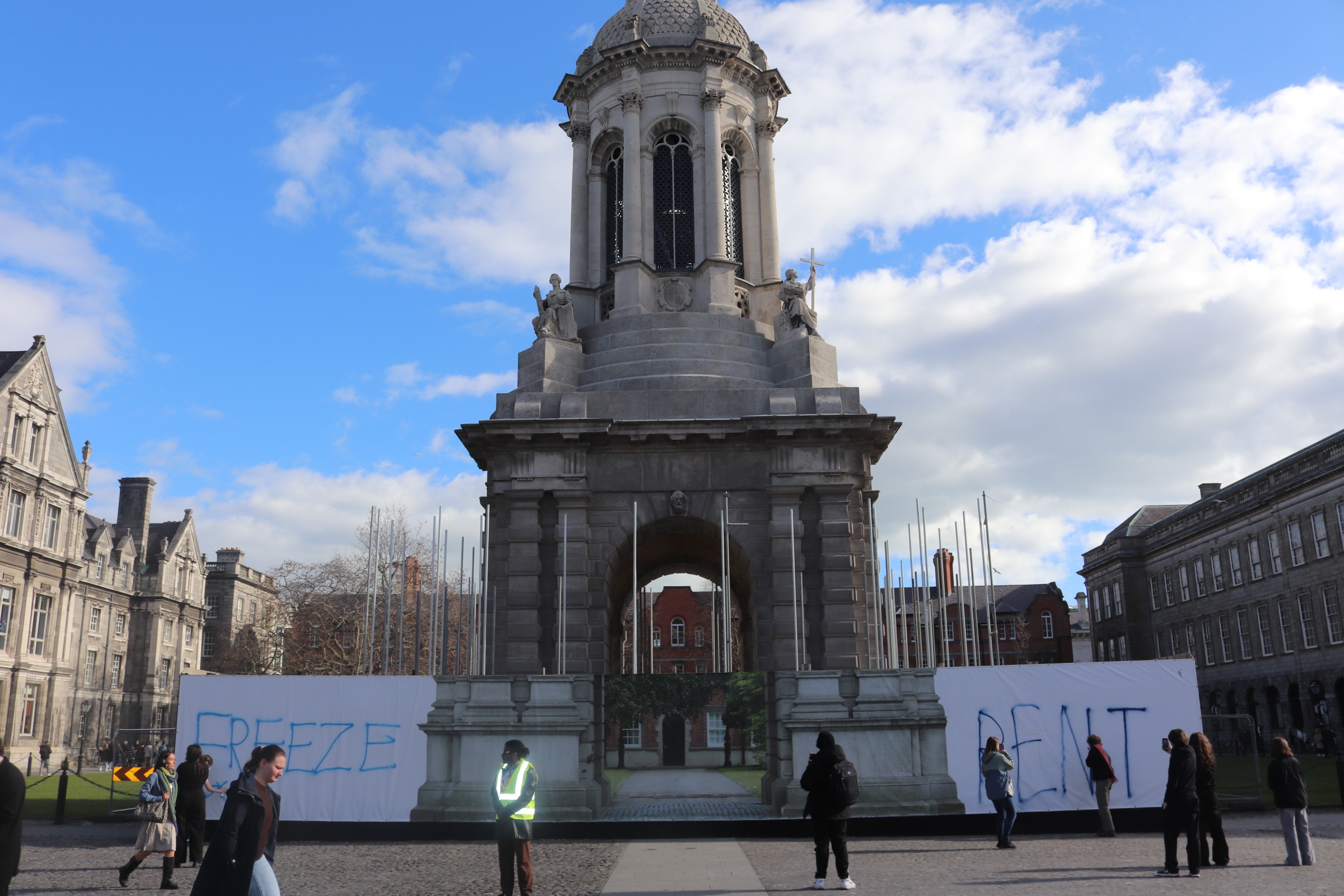
Trinity Arts Festival (TAF) and Dublin University Photography Association (DUPA) last night welcomed photographer Dara McGrath as part of an impressive and diverse week of artistry and fancy that has seen an inspiring opening night of live music at Trinity Chapel and a hilarious night celebrating women in comedy.
McGrath started the evening by explaining that “what I wanted to share with you is my own personal work” before elaborating on his background. While he has been successful in his professional career, having photographed for museums and lectured at universities such as University of Oxford and Duke University, McGrath chose to share his personal work with the audience.
He explained that following a quick career as a mechanic with Shannon Airspace, he completed a degree at Dún Laoghaire Institute of Art, Design and Technology (IADT) before travelling to Luxembourg, a place he described as “the center of Europe, middle of nothing”. When he arrived in Luxembourg, the Shengen Area agreement had just passed, seeing the abolition of borders and passport control between certain European countries, including Luxembourg and its neighbours. McGrath discussed his interest in borders, “how these forbidden lands had opened up around Europe” as a result of this new agreement and the idea of transitional space. He showed the audience examples of his photographs, many of which depicted the arid spaces between physical borders.
This theme is carried throughout the vast majority of the other photographs he showed the audience. In his next series, Barcelona, he explained how he photographed the areas between two competitive wine regions and then publicly displayed these photos at these borders. In By the Way, McGrath explores the transitional space in looking at how motorways and infrastructure has changed the physical landscape of Ireland, photographing familiar sites such as Marley Park and the Wicklow Mountains at a crossroads.
In 2004 Sligo Plantation, another Irish-based work, McGrath explores the explosion of holiday homes and estates in Sligo in looking at the “transition of the landscape going from benign to suburban”. In each exploration of his dominant theme, McGrath uses his photography to understand and explore different transitional landscapes, ranging from concrete changes to those that are harder to envision in the physical landscape. The photographs in each series take a cohesive, yet isolated approach, offering space for individual interpretation. In explaining why he chooses to work in series rather than individual images, McGrath stated that he prefers working with a sequence of images as they are “like a story” and “they add up”.
Another highlight includes Beijing Billboards, which highlights huge developments and transformations in Beijing, both physically and culturally. He mentioned the prevalence of billboards alluding to a Western lifestyle, which is seen in one of his photographs. When photographing Beijing, he explains that he preferred to focus on the outskirts, on the areas experiencing a drastic change, rather than the more commonly photographed places.
A Room Without a View is an ongoing project in which the artist takes a photograph of the view outside the window of where he stays when he is travelling. The views from the photos varied from uniform housing estates to the familiar alleyways behind London houses.
In his last few slides, McGrath explained Project Cleansweep, an in-depth investigation of post-military landscapes in the UK, exploring “benign places” such as the Isle of Wight, Harpur Hill and St Helen’s, all of which were allegedly subjected to experimentation in different forms involving biochemical weapons during World War I. He explores how the physicality of the landscape has transitioned from being military-focused to renewal in some cases and abandonment in others. He displays a photo of the Blue Lagoon, which while with its clear blue water looks inviting, is in reality extremely dangerous, having acted as a toxic wasteland for biochemicals. Through his photographs of various sites across the UK, McGrath gracefully explores the shifts the physical landscapes have encountered and continue to experience.
TAF provided the distinct opportunity to listen to an artist talk about his work in an intimate environment, hearing him speak passionately about the photographs overhead and getting to grips with the depth and intensity of his art. The talk felt as if the artist was taking the audience on a private tour of his photography in a museum, with the viewers quietly and attentively listening to the McGrath speak about his work. With McGrath’s visit, TAF has successfully wowed audiences with another day of impressive events.






